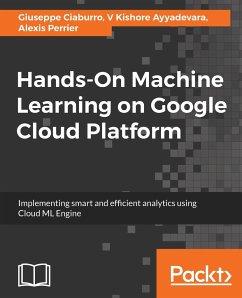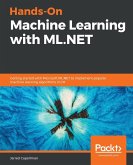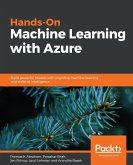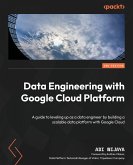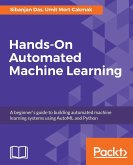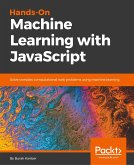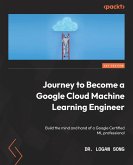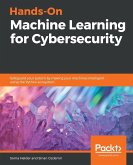Enhance your understanding of Computer Vision and image processing by developing real-world projects in OpenCV 3 Key Features Get to grips with the basics of Computer Vision and image processing This is a step-by-step guide to developing several real-world Computer Vision projects using OpenCV 3 This book takes a special focus on working with Tesseract OCR, a free, open-source library to recognize text in images Book Description Open CV is a cross-platform, free-for-use library that is primarily used for real-time Computer Vision and image processing. It is considered to be one of the best open source libraries that helps developers focus on constructing complete projects on image processing, motion detection, and image segmentation. Whether you are completely new to the concept of Computer Vision or have a basic understanding of it, this book will be your guide to understanding the basic OpenCV concepts and algorithms through amazing real-world examples and projects. Starting from the installation of OpenCV on your system and understanding the basics of image processing, we swiftly move on to creating optical flow video analysis or text recognition in complex scenes, and will take you through the commonly used Computer Vision techniques to build your own Open CV projects from scratch. By the end of this book, you will be familiar with the basics of Open CV such as matrix operations, filters, and histograms, as well as more advanced concepts such as segmentation, machine learning, complex video analysis, and text recognition. What You Will Learn Install OpenCV 3 on your operating system Create the required CMake scripts to compile the C++ application and manage its dependencies Get to grips with the Computer Vision workflows and understand the basic image matrix format and filters Understand the segmentation and feature extraction techniques Remove backgrounds from a static scene to identify moving objects for video surveillance Track different objects in a live video using various techniques Use the new OpenCV functions for text detection and recognition with Tesseract Who This Book Is For If you are a software developer with a basic understanding of Computer Vision and image processing and want to develop interesting Computer Vision applications with Open CV, this is the book for you. Knowledge of C++ is required.
Hinweis: Dieser Artikel kann nur an eine deutsche Lieferadresse ausgeliefert werden.
Hinweis: Dieser Artikel kann nur an eine deutsche Lieferadresse ausgeliefert werden.

